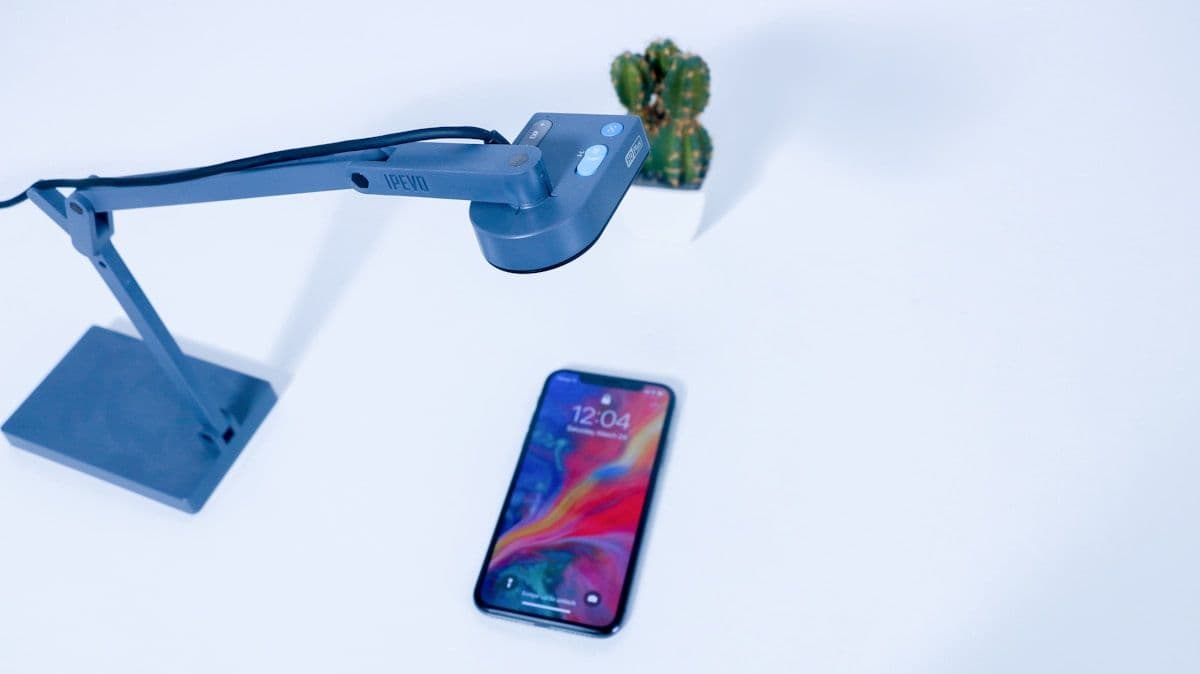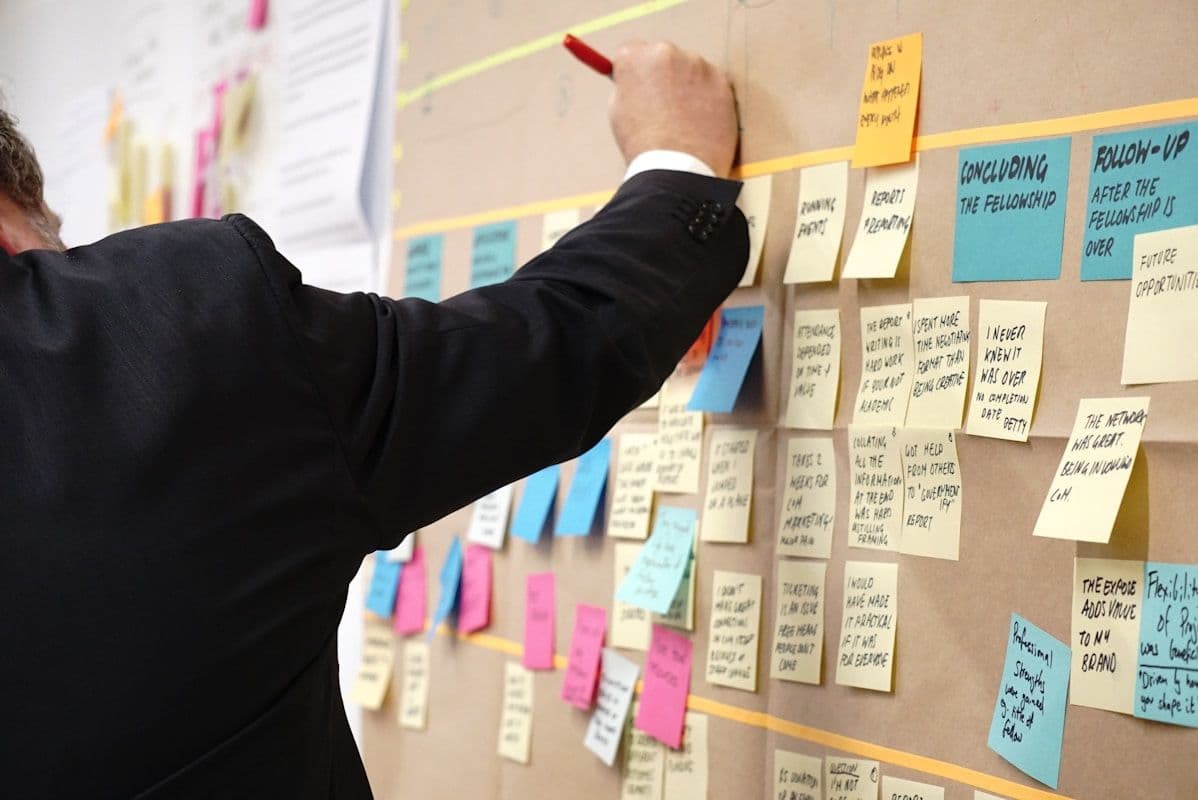Understanding Good UX Design in Everyday Life
User experience, or UX, is all around us. It's in the way we navigate a website, interact with an app, or even use a physical product. UX design shapes how we engage with the world, making our interactions smoother and more intuitive. It's like a silent partner working behind the scenes to enhance our daily lives.
In everyday life, UX principles are at play in both digital and physical environments. Whether you're using a smartphone or opening a door, good UX design ensures that these interactions are seamless and satisfying. It’s about making things work in a way that feels natural and effortless.
Here’s a quick look at how UX affects us daily:
- Smartphones: Intuitive touch interfaces that make navigation a breeze.
- Public Transportation: Clear signage and easy-to-use ticketing systems.
- Household Appliances: User-friendly controls and interfaces.
- Retail Stores: Logical layouts and helpful customer service.
Recognizing these principles in non-digital settings can inspire innovative digital UX design. By understanding the essence of good UX, designers can create digital experiences that are not only functional but delightful. User satisfaction increases when interactions are intuitive, both in the digital realm and in our daily physical interactions.
Examples of Good UX Design in Physical Spaces
Good UX design is all around us. It makes our daily interactions smoother and more intuitive. Physical spaces like public restrooms and retail stores are great places to see this in action.
Take public restrooms, for example. Some are designed with user-friendly layouts that include clear signage and intuitive navigation paths. This ensures that users can easily find what they need without confusion.
Retail stores also offer lessons in UX design. Stores with logical layouts and clear aisle markers make shopping a breeze. Shelves arranged by product type or use can help customers find items quickly.
Parking garages are another example. Some use LED lights above parking spaces to indicate availability. Green means open, red means taken. This simple system reduces the stress of finding a spot.
But not all designs are perfect. Gender-biased restroom layouts often lead to long lines for women, highlighting a need for more inclusive planning. These flaws offer insights into creating better user experiences.
Observing these examples in physical spaces can inform digital UX design too. By focusing on intuitive and user-friendly designs, you can enhance user satisfaction in both digital and physical realms. To further refine digital user experiences, consider how prioritization strategies like the MoSCoW method can help in focusing on core functionalities that align with user needs and business goals, as detailed in our guide on prioritizing features for your MVP.

Bringing UX Principles to Digital Design
User experience in digital design thrives on simplicity and clarity. Observing physical UX teaches us valuable lessons for crafting digital products. The essence lies in intuitive design and understanding user behavior.
Designing a digital interface that users can navigate effortlessly is crucial. Use straightforward layouts that minimize confusion. Clear labels and logical flow guide users with ease, enhancing satisfaction.
Reducing friction in user interactions is vital. Address user pain points by ensuring your product is self-explanatory. This minimizes frustration and elevates overall usability. Users appreciate designs that seamlessly fit into their workflow. For startups looking to enhance their product's usability post-launch, it is essential to iterate on MVP features based on user feedback to ensure alignment with user needs and business goals.
Observing real-life interactions can inspire more human-centered digital designs. By watching how people engage with physical products, you can glean insights to improve digital interfaces. This approach leads to solutions that resonate with users.
- User Feedback: Incorporate user feedback to refine designs and address pain points.
- Clear Navigation: Ensure navigation paths are intuitive and straightforward.
- Consistent Design: Maintain consistency in design elements for a cohesive experience.
- Visibility: Make crucial actions and information visible to users.
Applying these principles from physical design into the digital realm can revolutionize user experiences. It is about creating interfaces that are not only functional but also delightful, ensuring users stay engaged and satisfied.

Key Takeaways on Good UX Design
Good UX design shapes our interactions with both digital and physical environments, making them intuitive and satisfying. It is not just about aesthetics; it's about creating experiences that feel seamless and natural. When you encounter easy-to-navigate smartphones or clearly structured retail stores, you're experiencing good UX in action.
The role of intuitive design is crucial in enhancing user satisfaction. By observing everyday examples, we can draw inspiration to craft better digital interfaces. These real-world interactions show us the power of usability, encouraging us to focus on user-friendly designs that require minimal guidance.
Here’s a quick summary of the key points:
- Intuitive Design: Ease of use and natural navigation enhance user satisfaction.
- Observation: Learning from everyday interactions informs better digital design.
- Impact on Engagement: Good UX boosts user engagement and brand loyalty.
- Purchase Influence: Positive experiences can sway purchasing decisions.
Applying these insights can transform how users interact with your projects. By ensuring designs are intuitive, you'll foster more engaging and satisfying user experiences.
Ready to bring your ideas to life with an MVP? Reach out to us to see how we can help you create an app that stands out.




